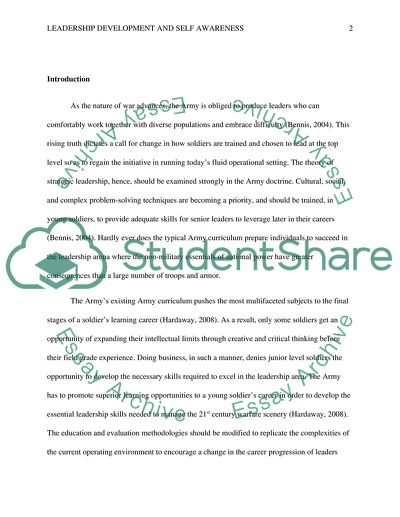Cite this document
(“Leadership Development and Self Awareness Research Paper”, n.d.)
Retrieved from https://studentshare.org/military/1605195-leadership-development-and-self-awareness
Retrieved from https://studentshare.org/military/1605195-leadership-development-and-self-awareness
(Leadership Development and Self Awareness Research Paper)
https://studentshare.org/military/1605195-leadership-development-and-self-awareness.
https://studentshare.org/military/1605195-leadership-development-and-self-awareness.
“Leadership Development and Self Awareness Research Paper”, n.d. https://studentshare.org/military/1605195-leadership-development-and-self-awareness.


